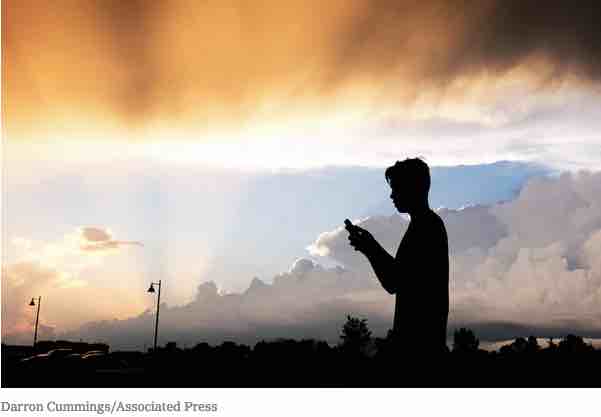The Instagram post looked strange to Amulya Panakam, a 16-year-old high school student who lives near Atlanta. In February, a friend showed her a sensational headline on her phonethat declared, “Kim Jong Un is personally killing soldiers who have Covid-19!” Of course, the news wasn’t real. “I was immediately suspicious,” Ms. Panakam said. She searched online and found no media outlets reporting the fake story. But her friends had already shared it on social media.
Ms. Panakam was startled by how often students “grossly handle and spread misinformation without knowing it,” she said. Yet media literacy is not part of her school’s curriculum.
So Ms. Panakam contacted Media Literacy Now, a nonprofit organization based near Boston that works to spread media literacy education. With its help, she wrote to her state and local representatives to discuss introducing media literacy in schools.
The subject was hardly new. Well before the internet, many scholars analyzed media influence on society. In recent decades, colleges have offered media studies to examine advertising, propaganda, biases, how people are portrayed in films and more.
But in a digital age, media literacy also includes understanding how websites profit from fictional news, how algorithms and bots work, and how to scrutinize suspicious websites that mimic real news outlets.
Now, during the global Covid-19 crisis, identifying reliable health information can be a matter of life or death. And as racial tensions run high in America, hostile actors can harness social media to sow discord and spread disinformation and false voting information, as they did in the 2016 elections and may well be repeating in the current elections.




